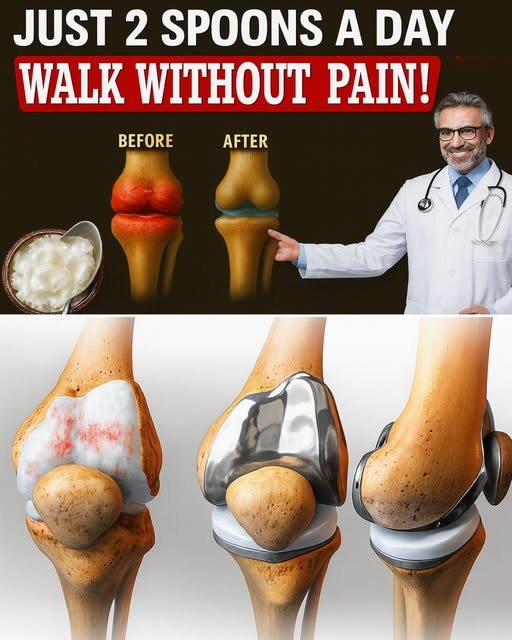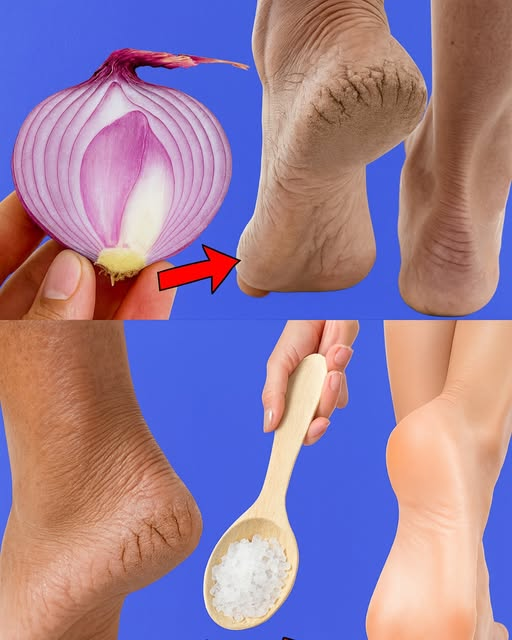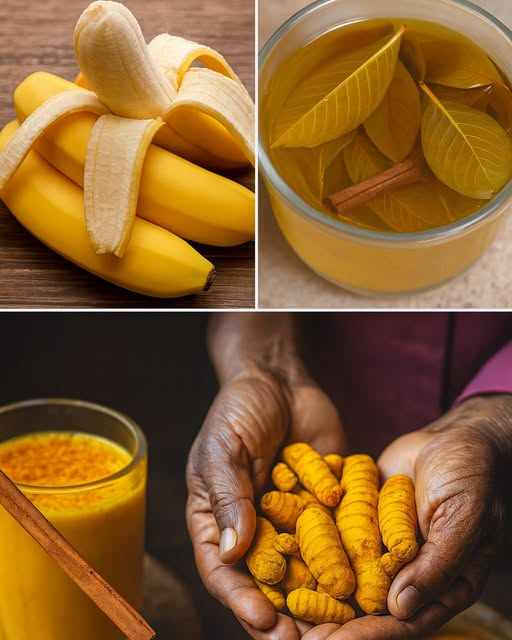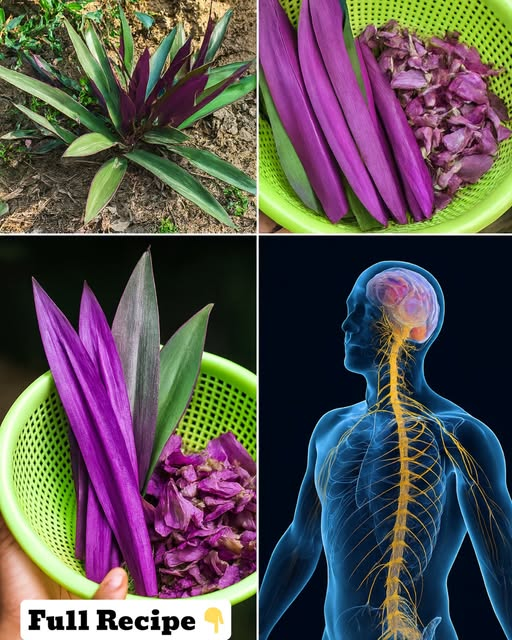Did you know that more than 37 million Americans try teeth whitening products each year? According to the American Dental Association, the desire for a brighter smile is one of the most common cosmetic goals worldwide. Yellowing teeth not only affect confidence but also make people appear older than they are.
While professional whitening treatments are effective, they can be expensive and sometimes harsh on sensitive gums. That’s why many people turn to natural, affordable alternatives that can be prepared right at home. Simple ingredients like lime, baking soda, turmeric, and even everyday fruits contain powerful compounds that help remove surface stains, fight bacteria, and gradually whiten teeth.

In this article, we’ll explore 7 proven natural methods to whiten teeth safely at home, why they work, and how to use them correctly. By the end, you’ll have a complete guide to natural oral care that you can try starting today.
Why Do Teeth Become Yellow or Stained?
Before jumping into remedies, it’s important to understand why teeth lose their brightness. Common causes include:
- Food and drinks: Coffee, tea, red wine, and sodas leave long-term stains.
- Smoking: Tobacco use is one of the fastest ways to stain enamel.
- Poor oral hygiene: Infrequent brushing or flossing allows plaque buildup.
- Aging: As enamel wears down, the yellow dentin underneath becomes visible.
- Medications: Certain antibiotics or high fluoride exposure can darken teeth.
Natural whitening methods work by gently removing surface stains, improving enamel health, and supporting overall oral hygiene.
1. Lime and Toothpaste Combination
One of the most talked-about natural remedies is lime mixed with toothpaste. Lime juice contains citric acid, which helps break down plaque and lighten stains, while toothpaste provides fluoride protection.
How to use:
- Cut a fresh lime in half.
- Squeeze a few drops of juice and mix with a pea-sized amount of toothpaste.
- Apply the mixture to your toothbrush and brush gently for 2 minutes.
- Rinse thoroughly with water.
Tip: Use this method only 2–3 times per week. Overuse of acidic ingredients may erode enamel.
Why it works: Lime acts as a natural bleaching agent, while toothpaste strengthens enamel and prevents cavities.
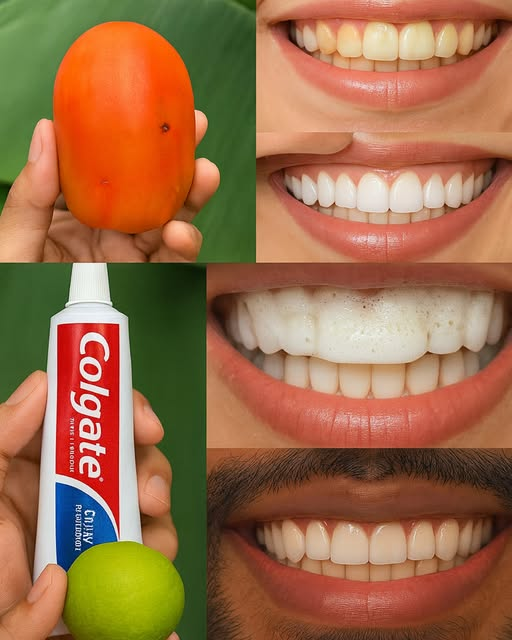
2. Baking Soda and Water
Baking soda is one of the oldest natural teeth-whitening remedies. It is mildly abrasive, which helps scrub away stains and reduce bacteria in the mouth.
How to use:
- Mix ½ teaspoon baking soda with a few drops of water to form a paste.
- Brush gently in circular motions for 2 minutes.
- Rinse thoroughly.
Why it works: Baking soda balances mouth acidity, reduces bacterial growth, and gradually polishes away yellow stains.
3. Oil Pulling with Coconut Oil
Oil pulling is an ancient Ayurvedic technique that uses natural oils to remove toxins and bacteria from the mouth. Coconut oil is especially effective due to its antimicrobial properties.
How to use:
- Swish 1 tablespoon of coconut oil in your mouth for 10–15 minutes.
- Spit it out into a trash can (not the sink to avoid clogging).
- Rinse with warm water and brush as usual.
Why it works: Coconut oil reduces plaque buildup, freshens breath, and supports gum health—leading to naturally brighter teeth.

4. Turmeric Powder
Turmeric might surprise you since it has a bright yellow color, but it is a powerful anti-inflammatory and natural cleanser.
How to use:
- Wet your toothbrush and dip it into turmeric powder.
- Brush your teeth for 2–3 minutes.
- Rinse thoroughly and follow with regular toothpaste.
Why it works: Curcumin, the active compound in turmeric, helps fight gum disease, reduce plaque, and restore enamel health.
5. Apple Cider Vinegar (ACV)
Apple cider vinegar is a natural disinfectant and can help remove tough stains caused by coffee or tobacco.
How to use:
- Dilute 1 teaspoon of ACV in half a cup of water.
- Swish in your mouth for 30 seconds.
- Rinse with plain water and brush afterward.
Warning: Overuse can erode enamel. Use only once or twice per week.

6. Crunchy Fruits and Vegetables
Certain fruits and vegetables naturally scrub teeth and increase saliva production, which protects enamel.
Best options include:
- Apples
- Carrots
- Celery
- Strawberries
Why it works: The natural fibers act like a toothbrush, gently cleaning teeth surfaces while providing vitamins that support oral health.
7. Activated Charcoal
Activated charcoal is known for absorbing toxins and impurities, making it a popular natural whitening method.
How to use:
- Dip a wet toothbrush into activated charcoal powder.
- Brush gently for 2 minutes.
- Rinse thoroughly until water runs clear.
Why it works: Activated charcoal binds to plaque and surface stains, helping restore natural whiteness.
Tips for Maintaining White Teeth Naturally
Even the best natural remedies won’t work if you don’t take care of your oral hygiene. Follow these daily habits:
- Brush twice a day with fluoride toothpaste.
- Floss daily to remove food particles between teeth.
- Drink water after consuming staining foods or drinks.
- Limit smoking and reduce coffee, tea, and soda intake.
- Visit your dentist for check-ups at least twice a year.
Quick Comparison of Natural Whitening Methods
| Remedy | Best For | Frequency | Caution |
|---|---|---|---|
| Lime + Toothpaste | Quick stain removal | 2–3x per week | Acidic, may weaken enamel |
| Baking Soda | Surface stain polishing | 2–3x per week | Too abrasive if overused |
| Coconut Oil Pulling | Fresh breath, gum health | Daily | Safe, but takes time |
| Turmeric | Anti-inflammatory support | 2–3x per week | Temporary yellow tint |
| Apple Cider Vinegar | Stubborn stains | 1–2x per week | Acidic, must dilute |
| Fruits & Veggies | Everyday maintenance | Daily | Very safe |
| Activated Charcoal | Strong stain absorption | 1–2x per week | Messy, may stain sinks |
Conclusion
A bright smile doesn’t have to come with high costs or harsh chemicals. By using natural ingredients like lime, baking soda, turmeric, and coconut oil, you can gradually whiten your teeth, reduce stains, and improve oral health—all from the comfort of your home.
Remember, consistency matters. These remedies work best when combined with daily brushing, flossing, and regular dental care.
If you’re looking for a safe, affordable, and effective way to restore your smile, try incorporating one or more of these natural methods into your weekly routine.
Frequently Asked Questions
1. How long does it take to see results with natural teeth whitening?
Most people notice a difference within 2–4 weeks of consistent use.
2. Are these remedies safe for sensitive teeth?
Yes, but avoid harsh acids like lime and vinegar if you have enamel erosion or extreme sensitivity.
3. Can I replace toothpaste with natural remedies?
No, fluoride toothpaste is still necessary for cavity prevention. Natural remedies should be used in addition.
4. Is activated charcoal safe for daily use?
No, limit to 1–2 times per week, as overuse may wear down enamel.
5. Do natural remedies work as well as professional whitening?
They may not deliver instant results like professional treatments, but they are safer, more affordable, and support long-term oral health.
Disclaimer: This article is for informational purposes only and not a substitute for professional dental advice. Always consult your dentist before starting new oral health routines, especially if you have existing dental issues.

